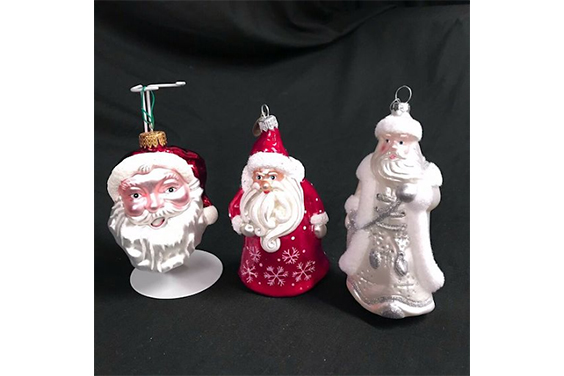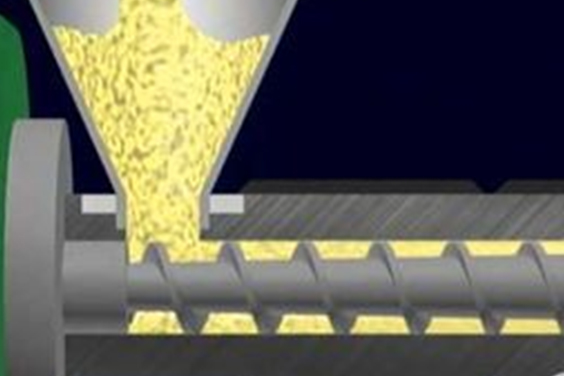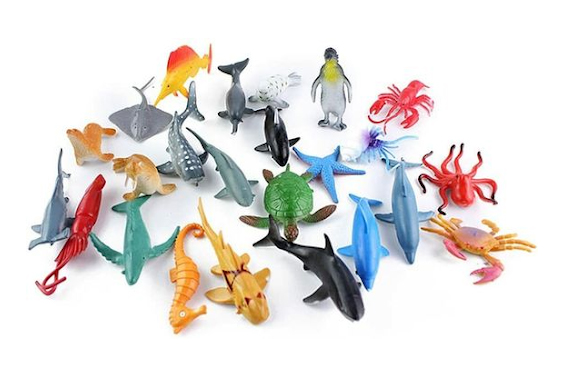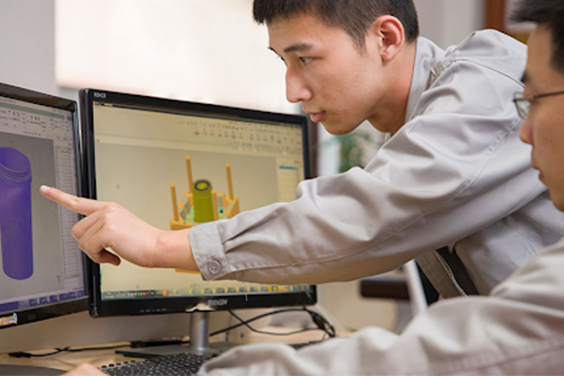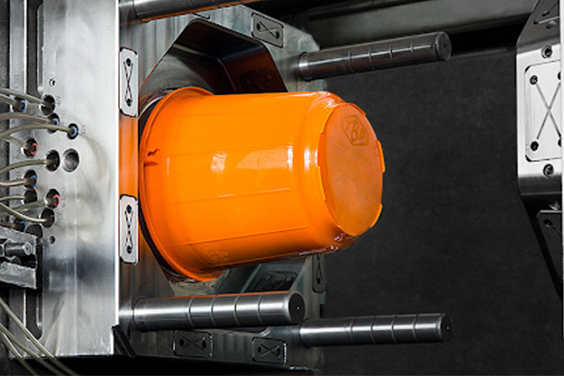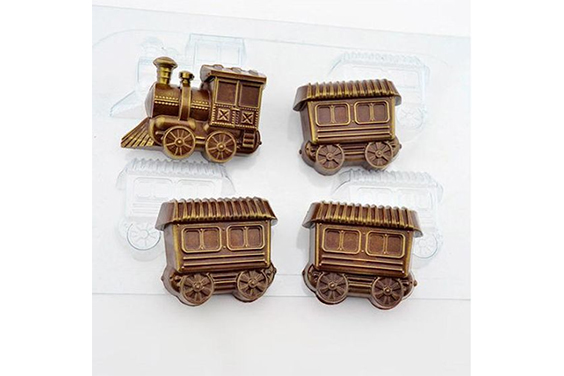How To Make Plastic Toys Mold
- Home
- > Blog
- > How To Make Plastic Toys Mold
Share :
Share :
A quick stroll down any store’s toy aisle will reveal that the vast majority of toys on the market today are made of plastic. Plastic’s moldability, lightweight, colorfulness, and strength have made it the go-to material for modern toy creation, from building blocks to robots, gaming pieces, figurines, and model vehicles.
The design, manufacture, and processing of plastic toy molds are crucial to the success and difficulties of toy production. Toy molds are more varied, complex, and mixed than other types of molds. It comprises both plastic and metal toy molds.
In this article, we will discuss the different types of plastic toys, materials used in plastic toy production, things to consider when designing plastic toys and how to make plastic toys yourself. Let’s get started.
Types Of Plastic Toys Mold
Plastic toys dominate the toy industry, and practically all plastic molding technologies are used in their manufacturing. The following are the most popular types of plastic toy molds:
- Injection mold: This is the most common type of toy mold. It features excellent product quality, a consistent size, a nice finish, and high production efficiency. It is used on a toy with high-quality standards, a big number of assembly pieces, a thick wall thickness, and a large batch size.
- Hollow mold: It is used to produce hollow toy goods with complicated forms, thick walls, big sizes, and low dimensional precision.
- Because it can be immediately electroformed according to genuine material, it has a highly mimicked exterior surface, allowing even skin pores to be precisely reproduced. It is particularly well suited to the fabrication of toy dolls and animals’ heads, torsos, and limbs.
Common Materials For Plastic Toys Mold
Many parents are worried about providing safe plastic toys for their young children. Others are concerned that plastic toys may harm the environment. Fortunately, new plastics advances have enabled manufacturers to create safer, more environmentally friendly toys.
Thermoplastics are the most common toy plastics. They are heated and softened before being formed by applying pressure on them in a mold or die. The plastic soon cools and hardens.
Let’s take a look at five common polymers found in toys:
- Polyethylene- PE is an ethylene-based polymer. It has good plastic qualities all over and is quite durable.
- Polypropylene- PP is a propylene-based polymer. When compared to PE, it offers a greater range of potential hardness and stiffness, can be tinted more effectively and is less expensive. However, it is less long-lasting.
- Polystyrene- PS is a styrene-based polymer. PS goods have a high surface quality and may be made extremely translucent. PS products are somewhat more brittle than PE and PP goods.
- PVC (Polyvinyl Chloride)- PVC offers the greatest range of attributes and costs. It might be soft, firm, thick, or frothy. It is utilized in a variety of applications ranging from squeeze toys to doll bodies, inflatable toys to fabric-like materials.
- Acrylonitrile Butadiene Styrene – ABS is a particularly strong, rigid, and lightweight material. It may be machined in the same way as metal is. It is abrasion-resistant and has outstanding mold detail as well as subtle surface textures. It can be painted and electroplated with silver- or gold-tone material, as well as metalized with nickel or chromate.
Why Is Plastic So Ideal for Toy Manufacturing?
Plastic is an excellent material for producing toys since it lacks many of the limitations that other materials possess (wood splinters, metal rusts, cardboard is weak, none of those is suitable for babies who put toys in their mouths). Plastic, on the other hand, can stand on its own. Plastic may be used to:
- Lightweight - lightweight toys are ideal for smaller children and save money on shipping.
- Colorful - Unlike other materials, plastic does not require painting or printing to be colorful.
- Fine and intricate details - Plastic is ideally suited for fine and complicated features in molds.
- Rapid production - injection-molded plastic toys and toy parts may be formed in a short period.
- Strength – anyone who has ever walked on a plastic toy knows how powerful they can be!
- Environmentally friendly - Plastic items may be created from bio-friendly materials, and injection molding generates relatively little waste, much of which can be recovered.
Things To Consider When Designing Your Toys Mold
There are six things we learned when designing a bespoke toy that will help you save time and money while also making your ideal toy a reality.
Quantity – The optimum material to utilize (mold making) and project timeline will be determined by the quantity of your toy. You could wish to order 2,000 miniatures in advance and have them painted as various personalities in batches of 500. Alternatively, you may simply require 100 figurines in total. Each choice has distinct outcomes, methods, and prices. Consult with your vendor to find the best technique for your specific requirements.
Material — Our team was shocked by the restricted number of materials available, but it is critical to investigate your alternatives because materials may determine the adaptability of your item.
- Because this form of production involves producing lower quantity runs of less than 300 pieces, the resin has fewer upfront expenditures but results in a higher price per item.
- The use of rotocast vinyl allowed our monkey figure to have movable appendages at a reduced cost per unit but needed a greater initial expenditure.
Mold Type – Choosing a material for your figure will help you select what material you may use for your mold. We had two choices: silicone or metal. After weighing the benefits and drawbacks of each, we decided on a silicone mold for our resin figure to help keep costs down. Silicon molds need to be replaced after 30 to 50 usage. Metal molds stay forever and are an investment when doing rotocast vinyl, but if you plan on making a lot of toys, this is the best way to go.
Shape and Style – It is advisable to consider all of your possibilities. To assist establish the final aesthetic, our team analyzed different toys both in-person and online. It is also beneficial to create a variety of forms and sizes and then collaborate with your provider to pick the finest solution. If you begin with a character in mind, consider constructing a 3D representation of yourself to guarantee your vision can be recreated.
Artwork – There are several ways to produce artwork. If you are not a professional artist or designer, locate a toy broker who can make the artwork for you, as any two-dimensional art must be precisely reproduced onto a three-dimensional figure. If you are a designer who works in Adobe Illustrator, it is critical to plan your artwork so that it can be quickly adapted to a physical model. You should also be familiar with how art is done, as designs may be put to your toy using a variety of ways ranging from paint to decals or tape. A lot depends on how detailed you want the finished item to be.
Prototypes or test pulls – These prototypes or test pulls will serve as benchmarks for how the toy project progresses. Your first test pull will happen early in the tooling process when you’re establishing how the figure should appear. This is significant because whatever is authorized at this point will initiate the initial stages in casting your official toy mold. Following the casting of the mold, your final artwork will be transferred to a sample pull for evaluation. Again, your toy broker must have an excellent relationship with manufacturing facilities since any modifications to the artwork at this point must be carefully conveyed.
Plastic Toy Molds Processing Technology
Toy molds in their processing features and processing technologies are also more difficult and specific than other molds, based on the aforementioned toy product design and plastic mould design needs. To ensure this, it must use specialized processing technologies. For instance:
Injection Molding
Injection molding is a technique for producing high-quality three-dimensional items that can be mass-produced. High volume injection molding production necessitates Class 101 molds, a hot nozzle, and an automated production design to save molding costs. If you opt to use recycled plastic material, be mindful of the density and strength it may affect. Toy parts must always have a colorful look; thus, the color powder mix ratio and injection molding manufacturers must set parameters, the color of each batch part will deviate beyond acceptable limits.
Rotational Molding
Rotational molding is used to make toys, transport drums, storage tanks, and consumer furniture. Each piece is created by covering a mold from the inside out. Between two mechanical arms, a mold is kept in position. The arms then continuously spin the mold at the same level as molten plastic is put inside. The plastic coats the interior of the mold as it rotates, creating a new hollow, plastic item.
How To Make Toys Mold By Yourself/ DIY/ At Home
If you want a simple approach to producing little plastic toys or miniatures. Continue reading
What you’ll require:
- Perler Beads
- Scissors
- Silicone Mold
- Parchment Paper
- Iron
Step 1: Begin by melting a color or colors of beads for your form. I built a bone and some fish, both of which were approximately an inch long. Fill the mold halfway with beads to determine the correct amount. Then, place them standing up on one piece of parchment paper, then gently place another on top. Iron these until they are completely flat. It’s helpful to have your mold nearby since you’ll need to swiftly peel off the melted beads and push them into the mold. It doesn’t have to fit precisely. As soon as you press it in, it will take on the form and you will melt it more.
Step 2: Melting- There will most likely be a dip in the center of the form, so put some additional beads there. Put another sheet of plastic paper on top and iron it, careful to maintain the plastic inform when you raise the iron. Submerge in chilly water. Check the form, and if it’s not melted enough (which it frequently isn’t), return it to the ironing board and iron some more!
You’re done- Cut the extra off and enjoy! These are three toys I built in about 5 minutes.
Conclusion
Plastic injection molding has had a significant influence on the toy business, and toy industry inventions have fuelled advancements in injection molding, such as multicolor plastic injection molding. Immould has the knowledge and skills to turn your molded plastic toys and parts into a reality. Contact us now to see how we can work together to shape the future of play.

